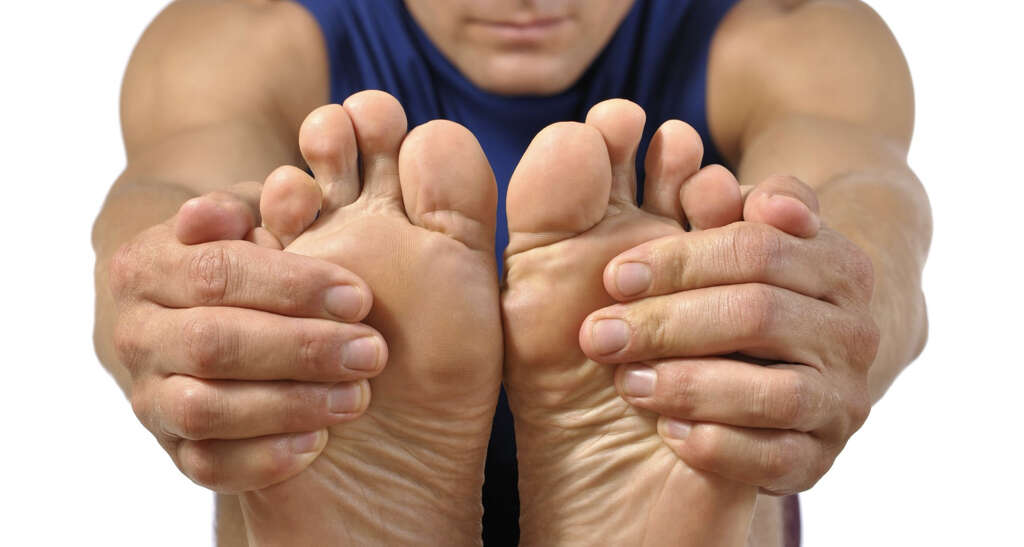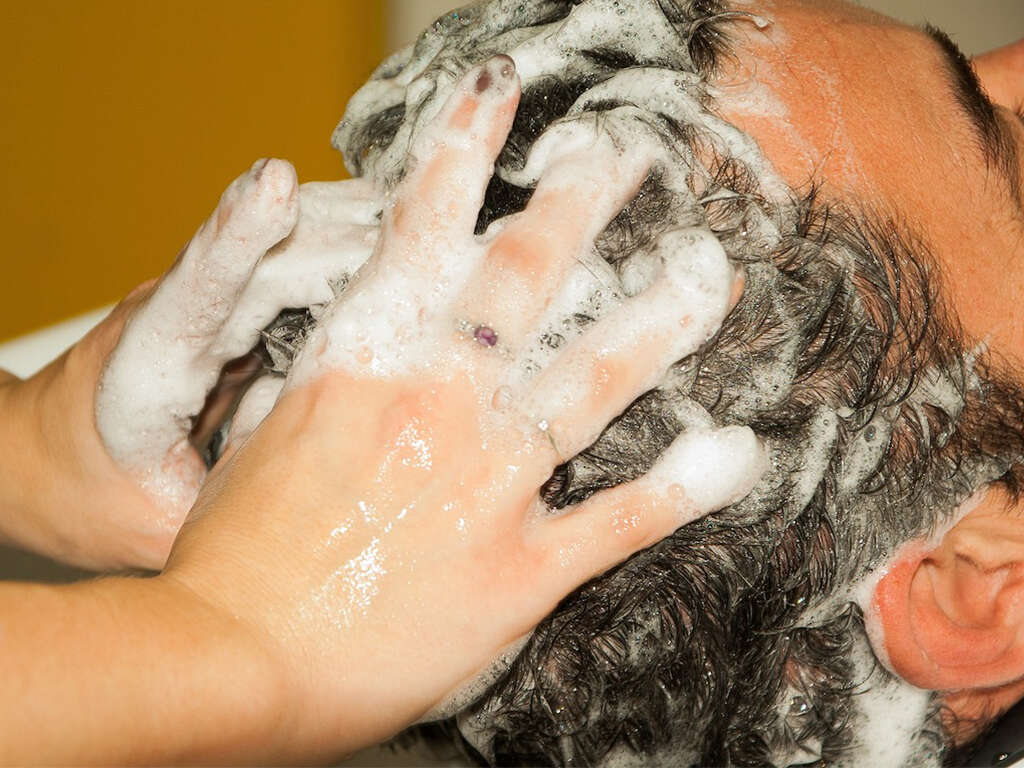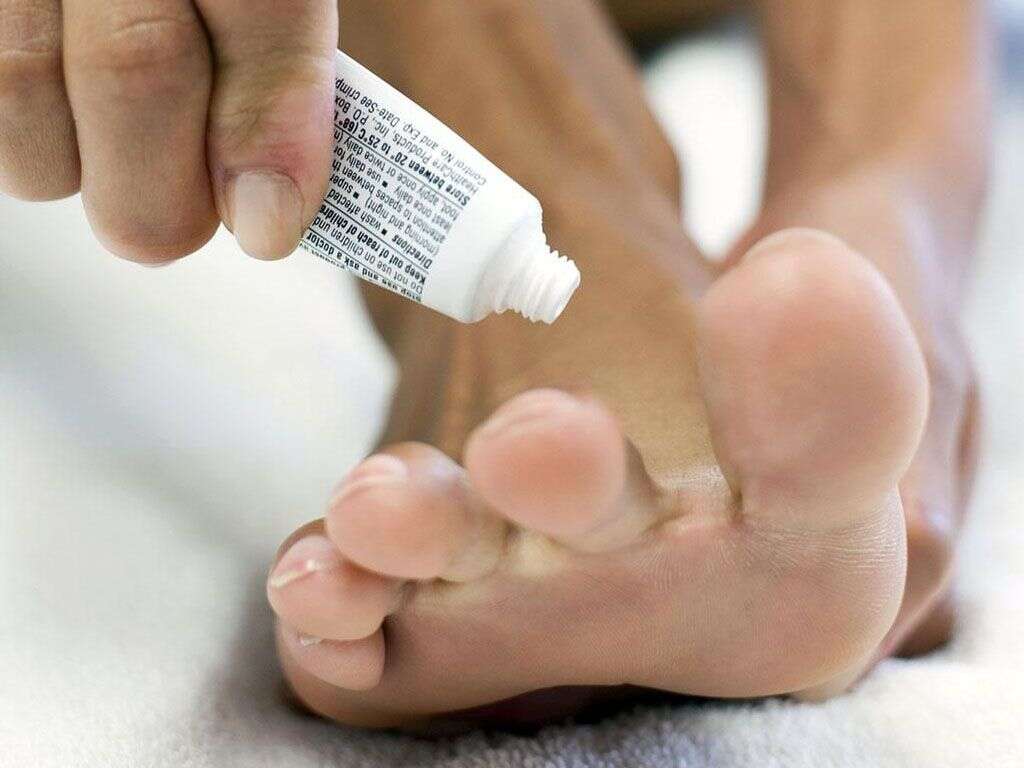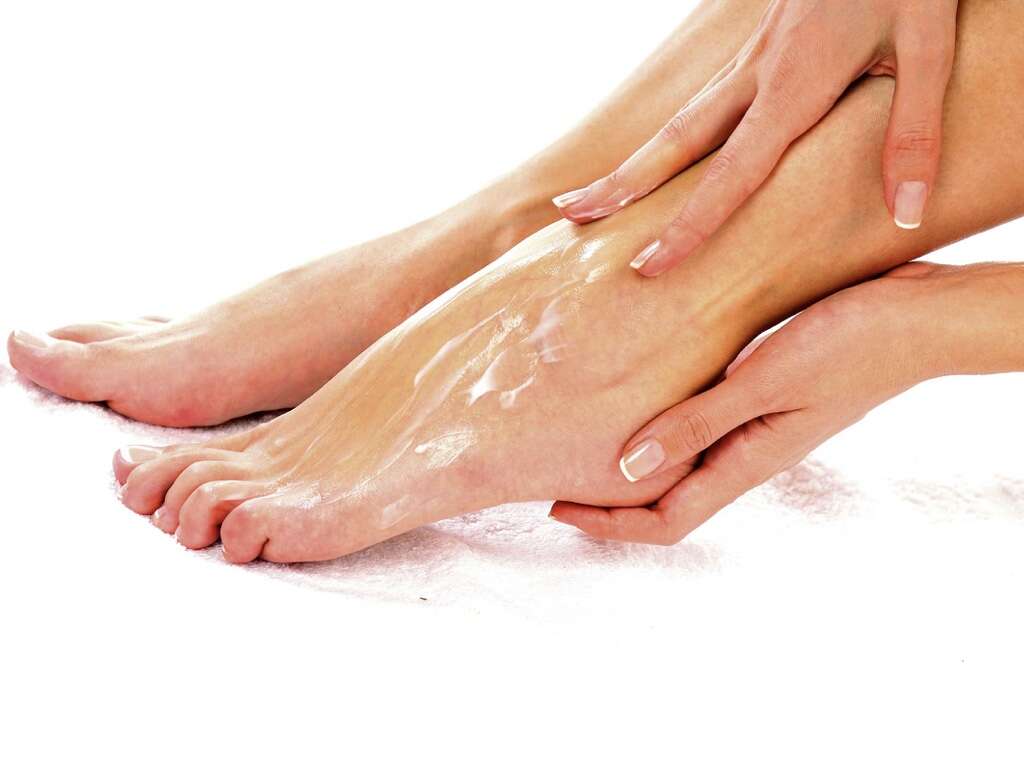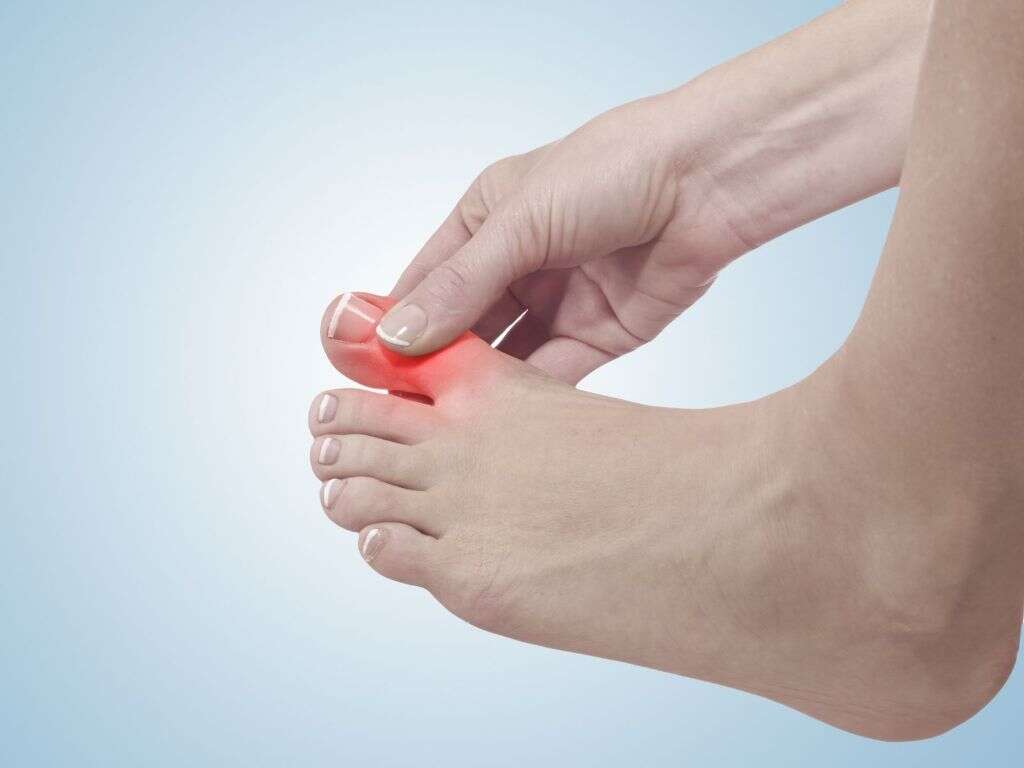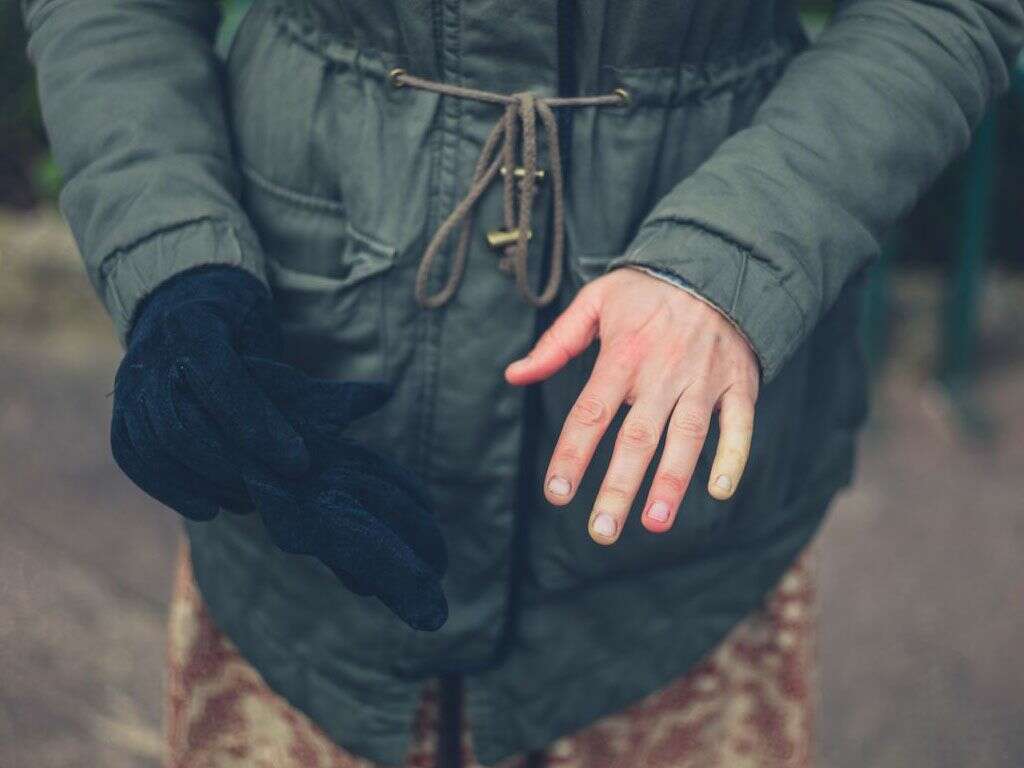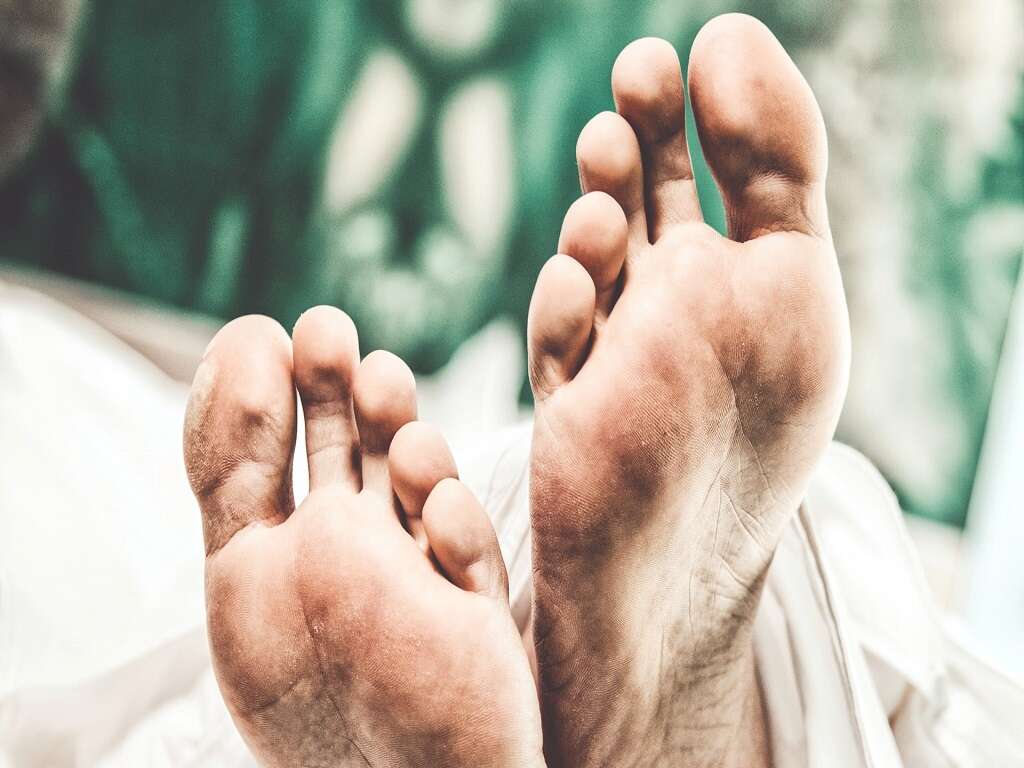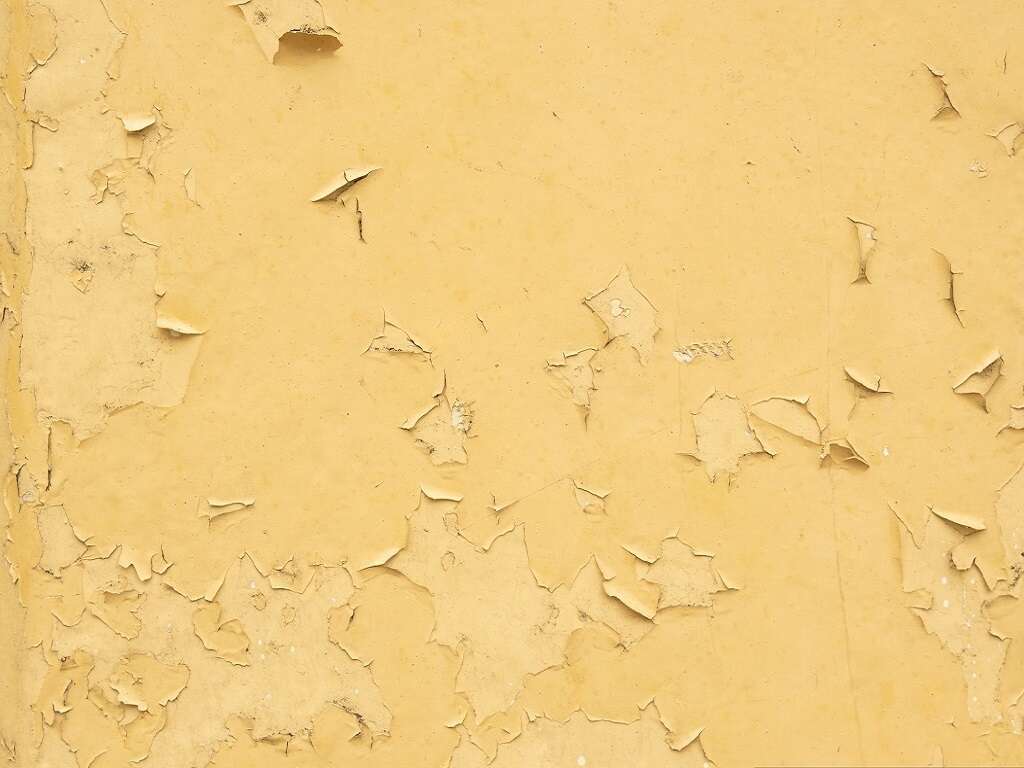What Is Tinea Pedis?
 Article Sources
Article Sources
- 1. Gupta, AK et al. 'Optimal Management of Fungal Infections of the Skin, Hair, and Nail.' External American Journal of Clinical Dermatology vol. 5,4 (2004): 225-37. doi:10.2165/00128071-200405040-00003.
- 2. Crawford, F. and S. Hollis. Topical Treatments for Fungal Infections of the Skin and Nails of the Foot. Cochrane Database of Systematic Reviews vol. 18,3 (2007): CD001434. doi:10.1002/14651858.CD001434.pub2.
- 3. Gupta, A.K. and E.A. Cooper. Update in Antifungal Therapy of Dermatophytosis. Mycopathologia vol. 166,5-6 (2008): 353. doi:10.1007/s11046-008-9109-0.
2. Risk Factors
Tinea pedis occurs most often in male adolescents, but it can affect both sexes in any age group. People who wear tight-fitting shoes are at higher risk of contracting the infection, as well as those whose feet sweat excessively. Sharing towels or walking barefoot in communal showers, locker rooms, swimming pools and other moist environments increases the likelihood of developing athlete’s foot.
Certain medical conditions leave people vulnerable to the fungi that cause tinea pedis. Poor circulation, diabetes and immune system deficiencies all raise the risk of a fungal foot infection. Corticosteroid medications and drugs used to treat immune disorders can also increase the likelihood of athlete’s foot.
Advertisement
